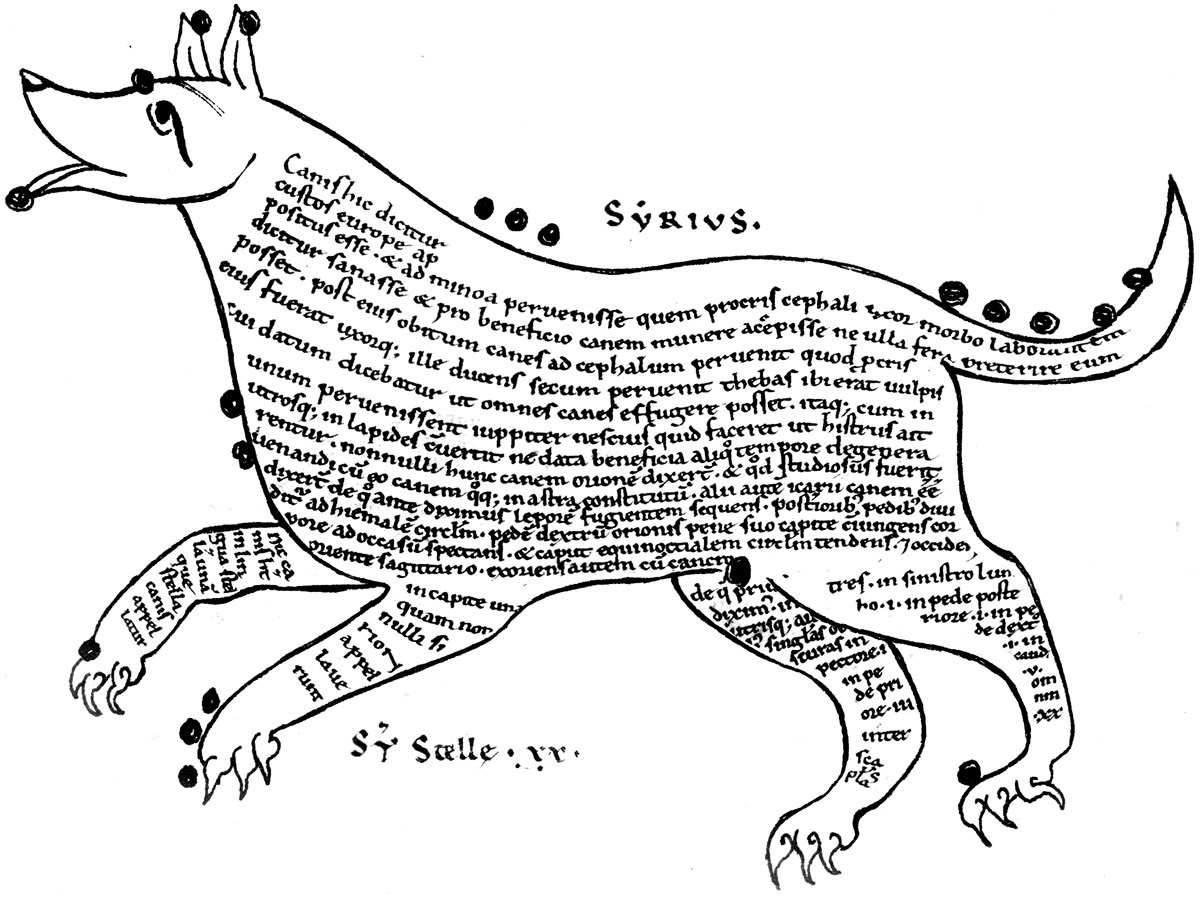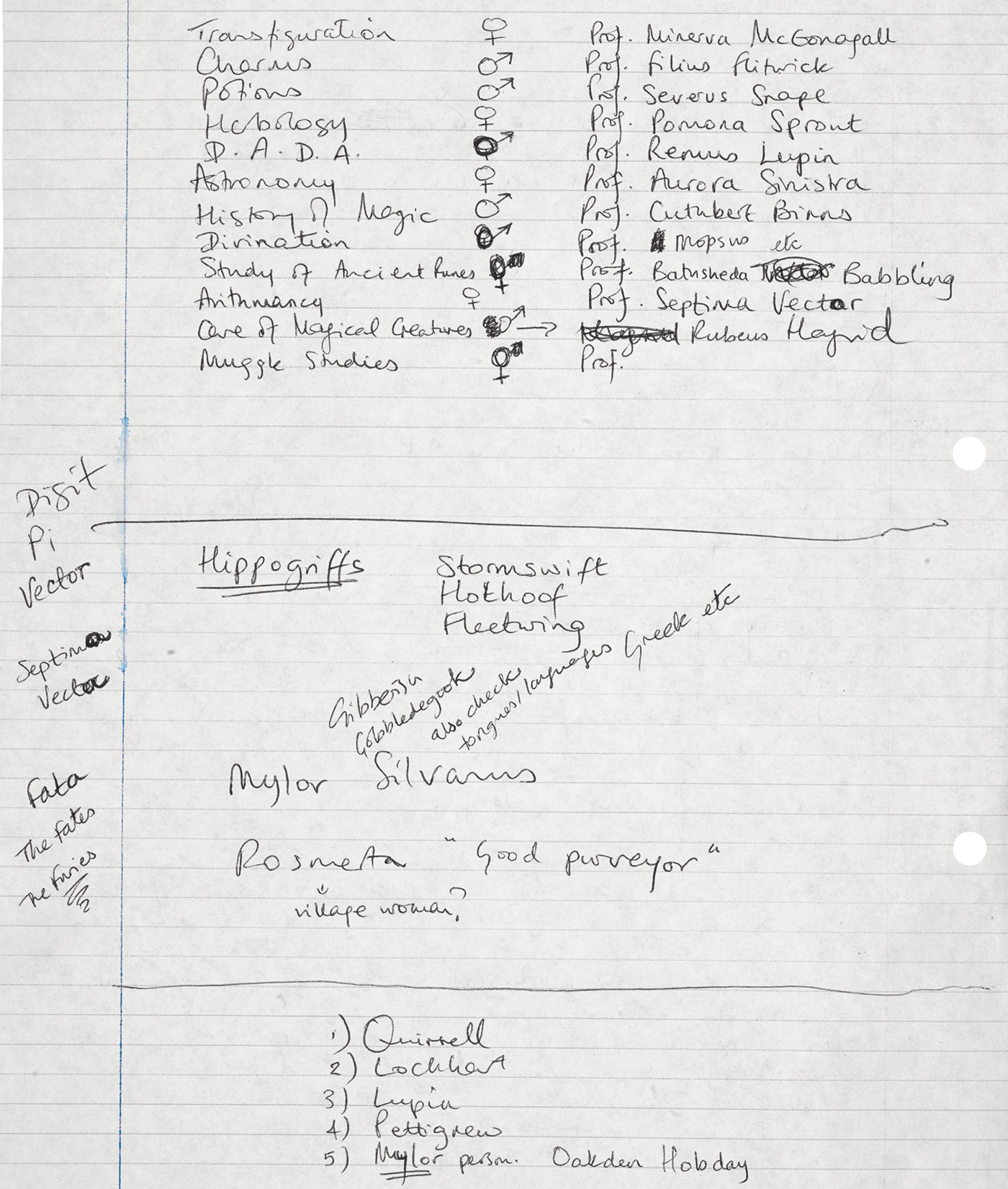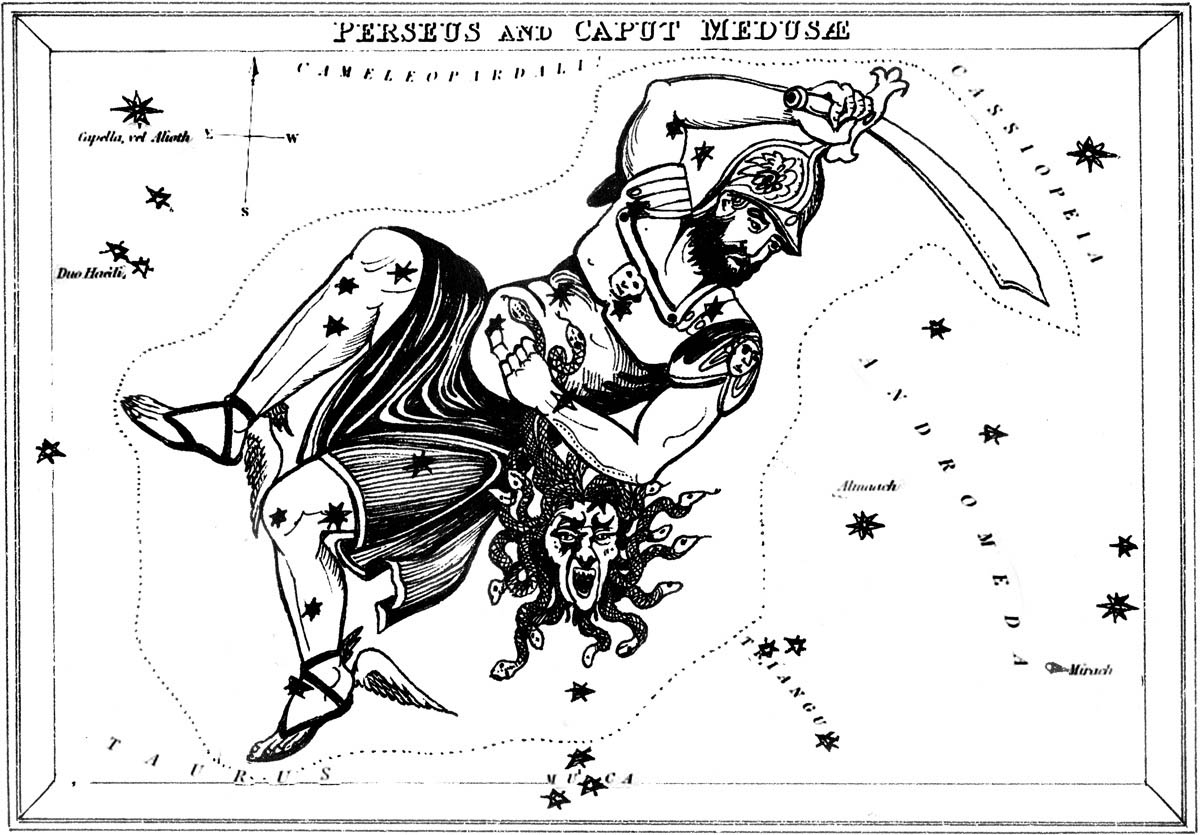
They had to study the night skies through their telescopes every Wednesday at midnight and learn the names of different stars and the movements of the planets.
Harry Potter and the Philosopher’s Stone
At the edge of the Gobi Desert in Northwest China, near a town called Dunhuang, there is a complex of nearly five hundred caves honeycombing across a cliff face. These once teemed with Buddhist monks, but by the end of the 19th century they had been abandoned for generations and fallen into ruin.
In the late 1800s, an itinerant Daoist monk, Wang Yuanlu, decided to settle there. He appointed himself guardian of the caves and set about preserving and restoring them. One day, he discovered a secret door. What he found behind it has been described as one of the world’s greatest archaeological discoveries – the equivalent of stumbling upon Tutankhamun’s tomb or tripping over the Dead Sea Scrolls.
The door opened to reveal a hidden room that had been sealed for nearly a thousand years. Inside it was stacked an astonishing treasure trove of information on the culture, religions, linguistics and science of another age – found in tens of thousands of manuscripts, printed documents, paintings and drawings, stacked floor to ceiling. In 1907, a Hungarian-British archaeologist called Aurel Stein also entered the cave after searching for artefacts on the southern Silk Road.
Among the astonishing hoard was an extraordinary manuscript known as the Dunhuang Star Atlas – the earliest known atlas of the night sky. It is a tremendously advanced astrological work made around 700 AD, about the same time as Europe was undergoing its conversion to Christianity. The manuscript was just short of the length of a full-sized bed and 9½ inches wide, roughly the length of Professor McGonagall’s wand.
It is a miracle the star chart survived. Painted in handscroll form, it was read from right to left and unfolded one scene and panel at a time. It was supposed to be studied in an intimate setting by only a few people, but would have been part of a much longer scroll made up of thirteen panels designed to be viewed by multiple people.
The first part of the scroll was about aeromancy, which is divination by clouds. The star map was the second part and showed the Chinese night sky in twelve charts. The final chart was of the north polar region. The map was incredibly detailed. There were 1,345 stars depicted and over 250 of them were named, with explanatory text. It was detailed, and also extremely accurate: modern analysis has shown that the star positions in the hand-drawn atlas are accurate to within a few degrees. At the end of the chart was a representation of a bowman in traditional clothes who is firing an arrow – the God of Thunder, or Dianshen in Chinese.
The 1,300-plus stars are represented in either black, red or white and grouped into constellations. Most of these constellations were named, although they have different names from the Western tradition, such as Laoren – ‘the old man’ in Chinese (known today as the Carina constellation in the West). By contrast, the constellation of Leo never existed because lions were not known in China; instead, constellations named after warriors, palaces and chariots populated the night skies.
The star chart is not only a very advanced scientific document that holds up well today; it was also used for divination: one could look up into the skies and interpret the spirit world. This practice was so highly prized that the maps were protected state documents – because understanding the stars meant understanding the world.
The emperor at the imperial court would have been surrounded by astronomers recording the nightly celestial movements. Once documented, predictions would have been made from the astronomical notations. For example, a solar eclipse was interpreted as meaning there was a risk of a coup. There were astrological predictions for the descriptions of the twelve divisions of the Chinese year.
Since it portrays a culture of acute scientific sophistication, and provides insights into the beliefs of the Chinese imperial court of over a thousand years ago, the big question remains: why was it sealed up in a cave in the Gobi Desert?
There is a theory that the rough appearance and handwriting of the document means it was a copy of the original. Even so, the reason why it was stashed in the Gobi Desert is a mystery that sadly remains unsolved.

Though created thousands of miles away and several centuries later, an Anglo-Saxon miscellany made in England around the time of the Norman Conquest of 1066 still featured astronomy heavily. A team of people – who remain uncredited for their phenomenal illustrations – painted each picture of the constellations onto the page first and then inscribed the text carefully around it later.
The book has a section on astronomy, focusing on a constellation that’s an old Harry Potter favourite – Sagittarius, the centaur.
And into the clearing came – was it a man, or a horse? To the waist, a man, with red hair and beard, but below that was a horse’s gleaming chestnut body with a long, reddish tail.
Harry Potter and the Philosopher’s Stone
Sagittarius is rendered with a series of orange-red dots or orbs on the parchment in the shape of a constellation; these were used as the outline of the image and then drawn around to create the shape of a handsome-looking centaur. In this well-preserved image, the centaur is wearing a blue top and has a magnificent cloak flowing from his shoulders. His taut bow and arrow, depicted in rich blues and oranges, is aimed at a goat-like fish, otherwise known as Capricorn, which is leaping off the page, trying to escape.
The reason why the centaur is clothed rather than bare-chested is because the Anglo-Saxons liked to draw people in the costumes of their own day. So in this case they reproduced Anglo-Saxon dress and hairstyles, but with added horse hooves and tail.
‘I know that you have learned the names of the planets and their moons in Astronomy,’ said Firenze’s calm voice, ‘and that you have mapped the stars’ progress through the heavens. Centaurs have unravelled the mysteries of these movements over centuries. Our findings teach us that the future may be glimpsed in the sky above us –’
Harry Potter and the Order of the Phoenix


… Harry saw something that distracted him completely: the silhouette of an enormous shaggy black dog, clearly imprinted against the sky, motionless in the topmost, empty row of seats.
Harry Potter and the Prisoner of Azkaban
Those humid, sweltering days of the northern-hemisphere summer, when it’s too hot to do anything, are sometimes called ‘dog days’. They are dog days because they are associated with the Dog Star, which rises before the sun in the hottest part of the summer. In ancient Roman and Greek times, these days became associated not just with stifling heat but with thunderstorms, lethargy, bad luck… and mad dogs.
The star is better known as Sirius, which is where we get the name of Sirius Black, Harry’s beloved godfather, an Animagus who can turn into a big black dog. Sirius is derived from the Greek seirios aster, which means ‘scorching star’, part of the constellation Canis Major, or ‘Great Dog’.

The constellation features in a wonderful astronomical treatise produced at a Benedictine Abbey in Peterborough in England in the 12th century. There were several constellations in the book, all described and accompanied by pen drawings either of humans or animals. They included the Hare, the Eagle, the Swan, the Centaur and Canis Major with the star of Sirius at the top of the great dog’s head.
All the figures, including the dog, were filled with poems in Latin relating to the story of the figure and to the interpretation of the night sky. The writing was based on quotations from Astronomica, a set of astronomical poems written by Roman writer Hyginus around the time of the birth of Christ. We don’t just see stars and constellations, but a wealth of myths and legends.
Sirius was said to be the dog of the giant huntsman Orion and was even given a name-check by Homer in The Iliad. According to Hyginus, Orion came to be in the heavens because Diana, the goddess of hunting, got tricked by her twin brother Apollo into firing an arrow and killing Orion. Overcome by grief, she recovered his body from the underworld and placed him among the stars. It’s fascinating how a group of stars, millions of light years away, have been grouped to form a particular constellation, according to different systems depending on whether the astronomer lived in China, England or elsewhere. Sirius in particular has a large mythology built around it.
For one brief moment, the great black dog reared on to its hind legs and placed its front paws on Harry’s shoulders, but Mrs Weasley shoved Harry away towards the train door, hissing, ‘For heaven’s sake, act more like a dog, Sirius!’
Harry Potter and the Order of the Phoenix

Astronomy has a clear influence on some of the characters we encounter in the Harry Potter books. In a handwritten note which was made as J.K. Rowling was writing Philosopher’s Stone, the Professor of Astronomy is recorded as ‘Aurelia Sinistra’, which then morphed into ‘Aurora Sinistra’. ‘Aurora’ means ‘the dawn’ and can also refer to the natural phenomenon that occurs near the magnetic poles, creating startling displays of light. ‘Sinistra’, as well as meaning ‘left-hand side’, is also the name of a star in the constellation of Ophiuchus, better known as the Serpent Bearer.
As well as Sirius, the Black family has other names of astronomical derivation, including Bellatrix (meaning ‘female warrior’), which is a star in the constellation Orion. The other members of the Black family – Pollux, Cygnus, Orion, Alphard, Regulus, Arcturus – all relate to stars in the night sky. And then there is Draco – a constellation in the form of a dragon that snakes around the stars like a Slytherin serpent.
But names in the wizarding world don’t just come from the stars; many of the names of people Harry meets have interesting backstories. J.K. Rowling wrote a note by hand listing the subjects studied at Hogwarts and some ideas for the names of the teachers. It is difficult to date, but it was from around the time of writing Philosopher’s Stone, and she was clearly already thinking that the Defence Against the Dark Arts teacher would change every year, as she has made a list of different names with the year alongside. Some we know, like Quirrell, Lockhart and Lupin, but others we have never met, like Enid Pettigrew, Oakden Hernshaw and Mylor Silvanus. Of course, Enid Pettigrew shares a second name with Peter Pettigrew, but Enid, Oakden and Mylor never saw the light of day in the published books.


Lists of the Hogwarts subjects and teachers by J.K. Rowling

Lists of the Hogwarts subjects and teachers by J.K. Rowling
… Harry looked upwards and saw a velvety black ceiling dotted with stars. He heard Hermione whisper, ‘It’s bewitched to look like the sky outside, I read about it in Hogwarts: A History.’
Harry Potter and the Philosopher’s Stone
Just the thing for Hogwarts First Years: available in the first half of the 19th century, Urania’s Mirror; or A View of the Heavens was a pack of playing cards, consisting of thirty-two large cards, on which were presented all the constellations visible in the British Empire. Each constellation was drawn with the figure ascribed to it by the ancients, and the stars were perforated so that their natural appearance in the night sky could be seen when held up to any source of light. The brighter the star in the sky, the bigger the hole that was pricked. They were beautiful to look at even without shining a light from behind, but the colours of the cards were incredibly strong and rich.
The original advert for the cards went out in 1824, but ten years later they were still being published – a testament to their popularity. Some of the cards showed more than one constellation. Some were the classical ones we are familiar with, such as Taurus the bull, Draco the dragon, Leo the lion and, one of our favourites, the centaur. There were unusual constellations, too, no longer in use today: a hot-air balloon, an electrostatic generator and the harp of King George III.
The cards were engraved by the map-maker Sidney Hall and hand painted, purportedly having been designed by a woman, who was credited in the advertisements simply as ‘a lady’. But the name of the ‘lady’ was discovered in 1994 when it was found out that an assistant master at Rugby School called Reverend Richard Bloxham had designed them. He hid his identity under the assumption that if their design was credited to a lady, more women would buy them.


The cards are named after Urania, the muse of astronomy, portrayed on the front of the box as she often was in classical mythology: in a flowing cloak embroidered with stars, along with a celestial globe and compasses (referring to the use of the stars in navigation).
If you live amid the din of the city with its excessive artificial light, it is easy to forget that in the past the stars were very present in everyday life for most people, in all their brightness and power. Today they reveal themselves best on a clear night in the countryside.
‘Never,’ said Hagrid irritably, ‘try an’ get a straight answer out of a centaur. Ruddy star-gazers. Not interested in anythin’ closer’n the moon.’
Harry Potter and the Philosopher’s Stone
